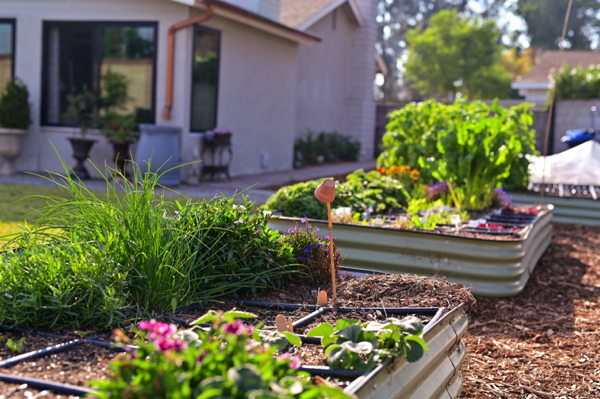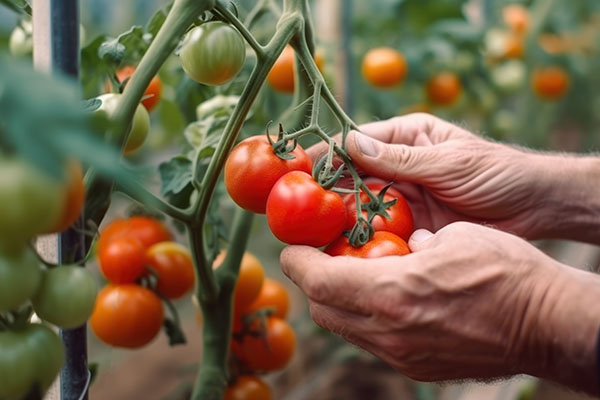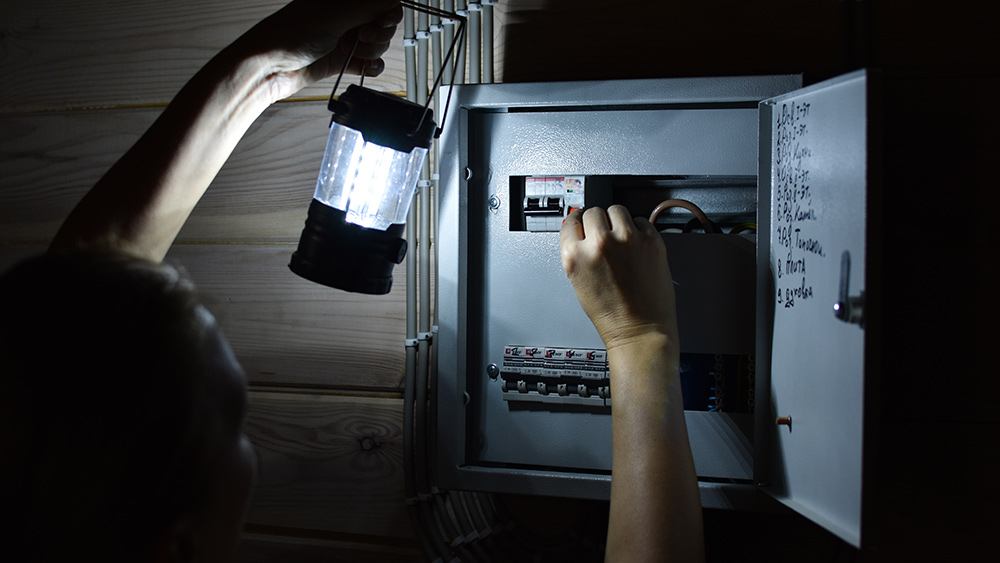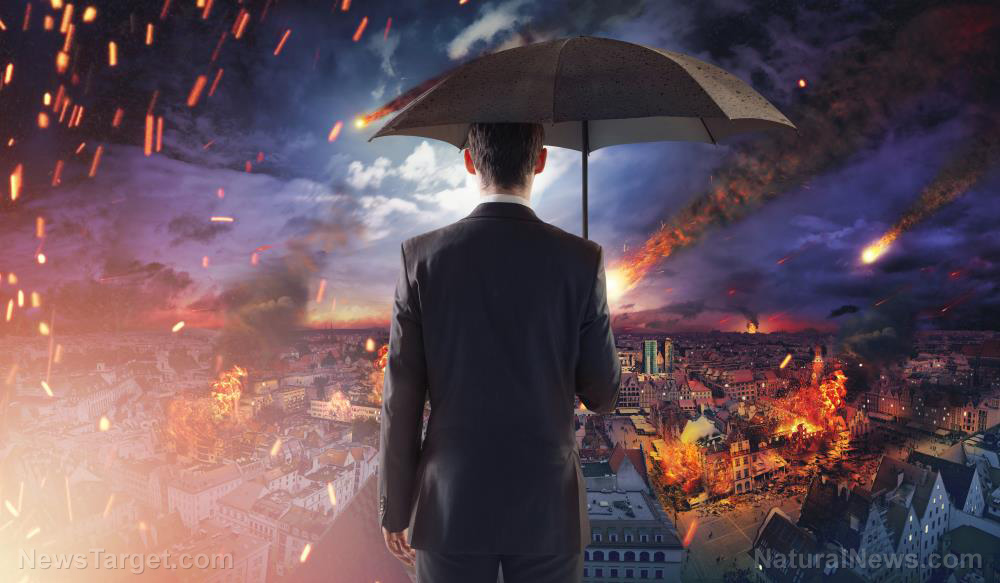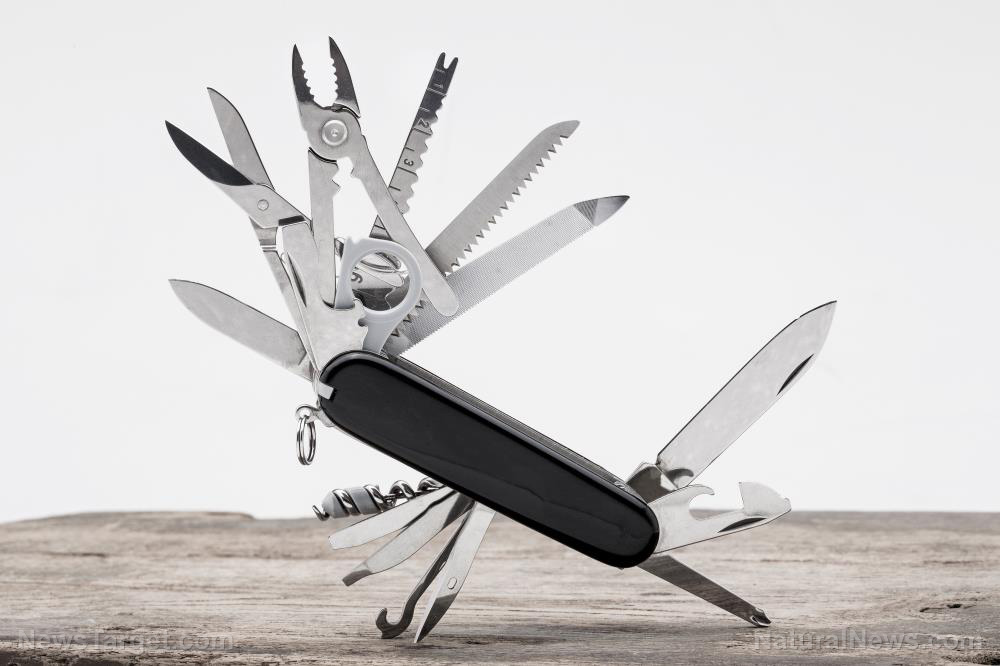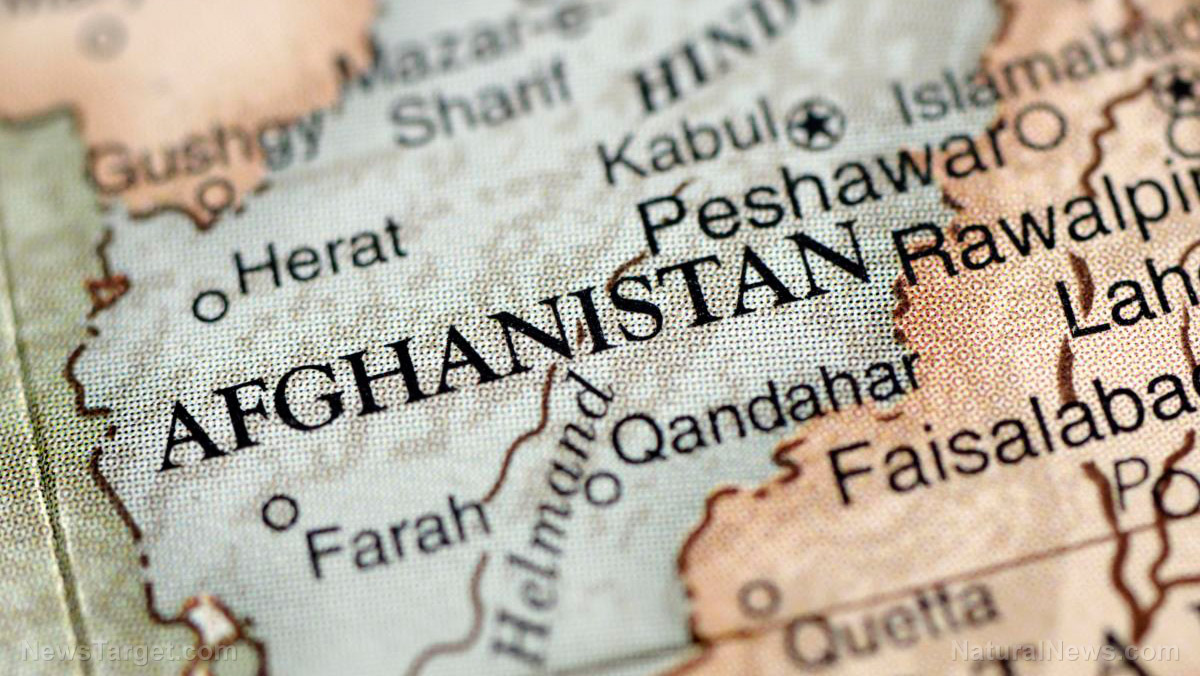Burning the wrong firewood: What every prepper needs to know
09/18/2025 / By Evangelyn Rodriguez

- Well-dried hardwoods like oak, maple and hickory burn efficiently, produce high heat and minimize creosote buildup. Avoid burning green or wet wood, which smokes excessively and causes chimney fires.
- Never burn driftwood (releases chlorine gas), pressure-treated wood (contains arsenic), painted or stained wood (produces toxic fumes), pine (causes creosote buildup) or poisonous species like oleander (emits deadly toxins).
- Plywood, MDF, OSB and fire starters like cardboard or Styrofoam release carcinogenic chemicals when burned.
- Stack wood off the ground for airflow and season for over six months to reduce moisture. Stockpile 4–6 cords per household for emergencies.
- Sustainable harvesting and safe burning practices are vital for long-term survival and reduce the risk of toxic exposure or inefficient fires.
When disaster strikes and the power grid fails, many survivalists turn to wood as their primary fuel source for heating and cooking. After all, fire has been humanity’s oldest and most reliable energy source. But not all wood burns equally — some types can poison the air, damage your stove and even put your life at risk.
Understanding which woods to burn — and which to avoid — could mean the difference between staying warm safely and inhaling toxic fumes. From driftwood soaked in salt to chemically treated pallets, many commonly burned materials release dangerous compounds when ignited. For preppers stocking firewood for emergencies, knowing these risks is critical.
The problem with green and wet wood
Freshly cut, or “green,” wood contains lots of moisture, making it difficult to ignite. And when it does, green wood produces excessive smoke. Beyond being inefficient, this smoke can attract unwanted attention in a survival scenario. Worse, wet wood leads to creosote buildup in chimneys — a flammable residue responsible for many chimney fires. Properly seasoned wood, dried for at least six to nine months, burns cleaner and hotter.
Brighteon.AI‘s Enoch explains that properly seasoned wood is the best fuel for emergencies because it burns efficiently, produces less smoke and pollution, and maximizes heat output while minimizing creosote (byproduct of incomplete combustion of wood) buildup and wasted energy. Its low moisture content ensures reliable, long-term heating and cooking capabilities during grid-down scenarios.
Toxic woods you should never burn
Not every type of wood is safe to burn. Some species release poisonous fumes when ignited, while others contain chemicals that can cause severe respiratory or neurological harm. Here are the most dangerous woods to avoid:
- Driftwood – Absorbs salt and minerals from water, releasing toxic chlorine gas when burned.
- Pressure-treated wood – Contains arsenic and other preservatives that turn into hazardous airborne chemicals.
- Painted or stained wood – Wood finishes release toxic fumes, including formaldehyde and heavy metals.
- Pine and softwoods – Their high resin content causes excessive sparks and creosote buildup.
- Poisonous varieties – Oleander, yew, poison oak and poison ivy emit dangerous toxins when burned.
- Engineered wood (plywood, medium-density fiberboard (MDF), oriented strand board (OSB)) – Glues and adhesives release carcinogenic fumes, so avoid burning these at all cost.
Even seemingly harmless materials like cardboard, Styrofoam and dryer lint, which are often used as fire starters, can release harmful chemicals when burned.
The best firewood for survival situations
For long-lasting heat and minimal smoke, hardwoods like oak, hickory, maple and beech are ideal. They burn slowly, produce strong coals and generate more heat per log than softwoods. Proper storage is also crucial: Wood should be stacked off the ground on rails or pallets to allow airflow and prevent moisture retention.
Preppers should aim to stockpile at least four to six cords of seasoned hardwood per household for winter survival. In a long-term grid-down scenario, sustainable wood harvesting becomes essential, requiring knowledge of local tree species and safe cutting practices. (Related: Tree bark as survival food and medicine.)
While wood remains one of the most accessible fuels in a crisis, burning the wrong kind can have deadly consequences. Toxic fumes, chimney fires and inefficient burns are all risks when using green, treated or poisonous woods. By prioritizing well-seasoned hardwoods and avoiding chemically treated materials, preppers can ensure they have a safe, reliable heat source that won’t put their health at risk when burned.
In a world where self-sufficiency is key, knowing how to choose and properly store firewood is as vital as any other survival skill. After all, staying warm shouldn’t come at the cost of breathing poison.
Watch the following video about WOODBURNER ALERT! The 4 things you should NEVER burn on your multi-fuel stove.
This video is from the Daily Videos channel on Brighteon.com.
More related stories:
Prepping basics: How to scavenge and forage for supplies after SHTF.
Axe to grind? Here’s why a hatchet belongs in your survival kit.
Survival cooking basics: Essential gear and fuel for every scenario.
Sources include:
Submit a correction >>
Tagged Under:
bug out, Collapse, dangerous, disaster, firewood, fuel, green living, homesteading, off grid, preparedness, prepper, prepping, safety, SHTF, survival, survivalist, tips
This article may contain statements that reflect the opinion of the author
Get independent news alerts on natural cures, food lab tests, cannabis medicine, science, robotics, drones, privacy and more from NewsTarget.com
Get independent news alerts on natural cures, food lab tests, cannabis medicine, science, robotics, drones, privacy and more from NewsTarget.com
RECENT NEWS & ARTICLES
SHTF.News is a fact-based public education website published by SHTF News Features, LLC.
All content copyright © 2018 by SHTF News Features, LLC.
Contact Us with Tips or Corrections
All trademarks, registered trademarks and servicemarks mentioned on this site are the property of their respective owners.






